Blue Oats Grass (Helictotrichon sempervirens) is a perennial ground cover plant belonging to the Poaceae family, widely appreciated for its ornamental value. Native to the grasslands of the Southwestern Alps in France and Italy, this bunchgrass thrives in garden designs and landscaping due to its striking appearance and adaptability. With its elegant, arching foliage and low-maintenance nature, blue oat grass is a versatile choice for creating texture and structure in various garden settings.
| Common name | Blue Oats Grass |
| Botanical name | Helictotrichon sempervirens |
| Family | Poaceae |
| Species | sempervirens |
| Origin | Southwestern Alps in France, Italy |
| Life cycle | Perennial |
| Plant type | Ground Cover |
| Hardiness zone | 4, 5, 6, 7, 8 |
| Sunlight | Full Sun |
| Maintenance | Low |
| Drainage | Well-Drained |
| Growth rate | Slow |
| Spacing | 12 in. – 3 ft. |
| Flowering period | Summer |
| Height | 2 ft. – 3 ft. |
| Flower color | Blue |
| Leaf color | Blue |
| Fruit color | Brown, Copper |
| Leaf benefit | Showy |
| Flower benefit | Showy |
| Garden style | Drought Tolerant Garden |
| Uses | Slope/Bank |
I. Appearance and Characteristics
Helictotrichon sempervirens, the blue oat grass, is a species of flowering plant in the true grass family, Poaceae, native to central and southwest European grasslands. It is a bunchgrass often used as an ornamental grass in garden design and landscaping.
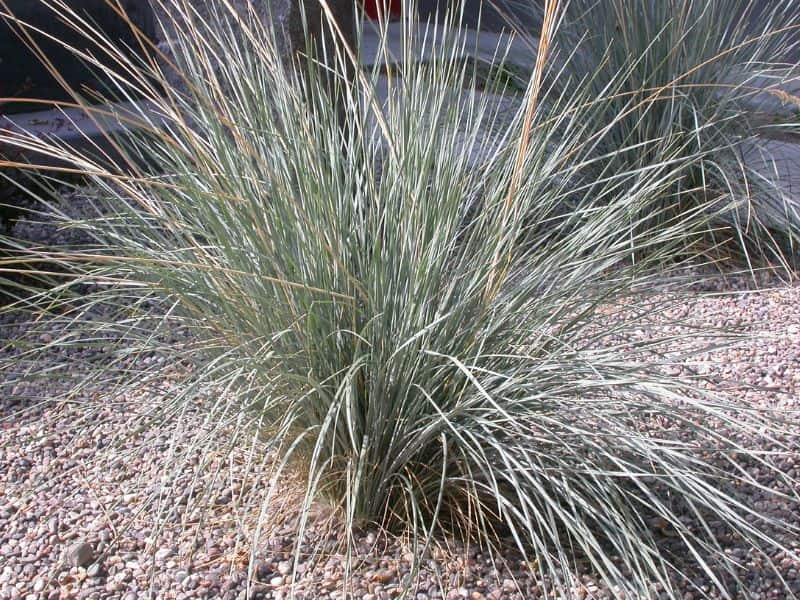
The foliage is pale green with a hint of blue. It grows in an arching shape, up to 140 cm (55 in) tall by 60 cm (24 in) wide. The grass blooms with pale blue-green flowers in May to August. The plant is an evergreen perennial, although with summer drought stress semi-dormancy occurs. The Latin name sempervirens literally means “immortal” but in botany means “evergreen”.
This plant has gained the Royal Horticultural Society’s Award of Garden Merit.
II. How to Grow and Care
Sunlight
Blue oat grass thrives in full sun conditions. It can grow in areas with part sun and part shade, but it may become leggy under these conditions. Ideally, look for a location that receives at least six hours of direct sunlight per day for this plant.
Temperature and Humidity
Blue oat grass prefers cool, dry climates with temperatures between 55˚ and 75˚ Fahrenheit. In these mild climates, the ornamental grass remains evergreen. In hotter or colder climates, the grass will likely brown between seasons, but it can be cut back in the winter to make way for new growth.
For the plant to produce flowering stems, it needs to spend about 8 to 10 weeks in temperatures below 40˚.
Watering
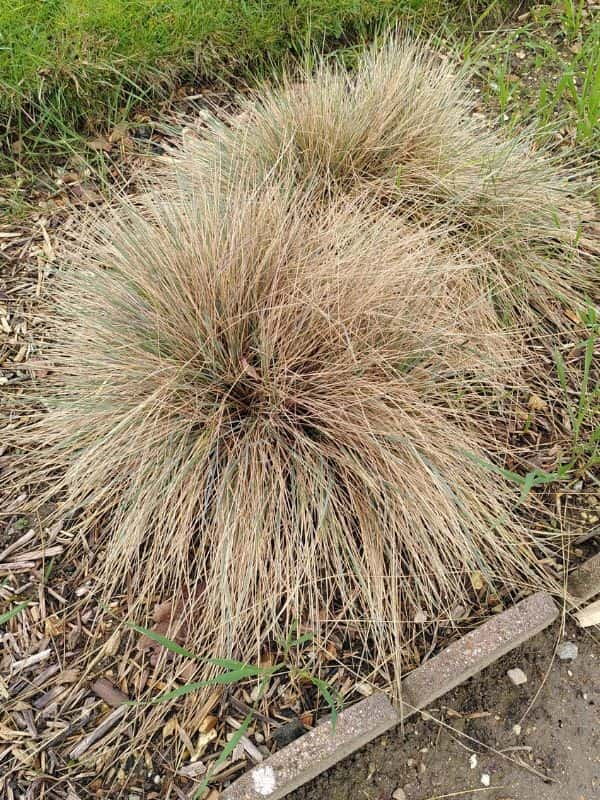
Generally speaking, you won’t need to water blue oat grass often or much once established. This plant typically thrives just on the rainfall it receives. Keep in mind that the soil moisture should be average to dry at all times, so don’t overwater these plants or you could cause rotting of the root or crown.
Blue oat grass is considered drought-tolerant, though it should be noted that periods of drought can induce a semi-dormant state in the plant.
Soil
Ensure that you plant blue oat grass in well-draining soil. Retained water leads to rotting of the roots or crown. For this reason, heavy clay-like soils are not ideal.
Blue oat grass does best with an alkaline to neutral pH level in soil; a pH of 6.5 to 7.5 is considered best. These plants are also tolerant of environmental salt in the soil and are not adversely affected.
Fertilizing
Hardy and healthy, blue oat grass doesn’t generally need supplemental fertilizer. When deciding whether or not your plant needs fertilizer, consider the health and color of the plant’s foliage.
If you determine that the plant is faring poorly in the soil conditions, you could opt for an organic fertilizer that will be easily utilized by the plant—like compost, leaf mold, etc. If you decide to go with a conventional fertilizer, a 10-10-10 formula is typically recommended for ornamental grasses.
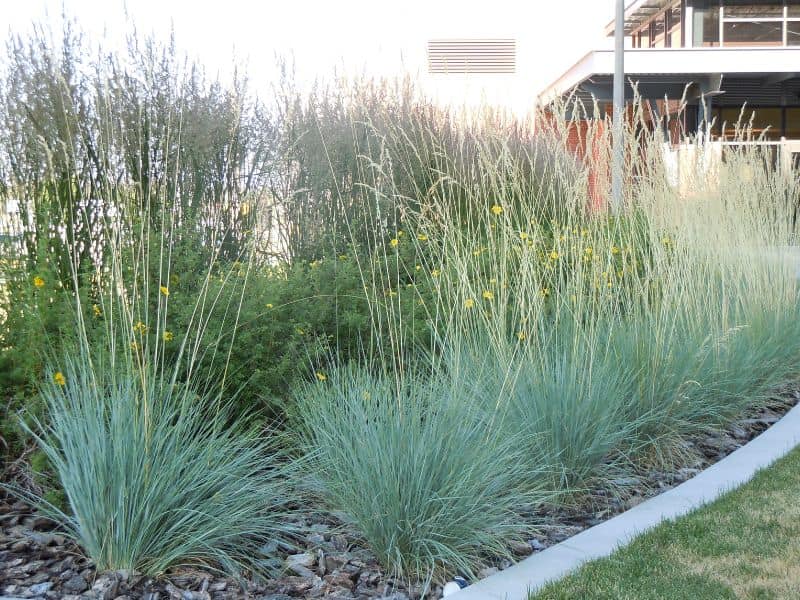
Anything with too much nitrogen can cause the plant to overproduce foliage and underproduce flowers, leading to a leggy, poorly flowering specimen.
Planting Instructions
In spring or fall, dig a hole twice as wide and just as deep as the plant’s root ball. Set the plant in the center of the hole and ensure that the crown of your blue oat grass roots sits even with the surface of the hole. Backfill the hole, tamping down as you work, and water the plant thoroughly. While the plant is acclimating to the new space, continue to water it deeply and allow the soil to dry out slightly between waterings.
Pruning
Use a rake or your hands to remove old foliage at the beginning of every growing season before new foliage emerges. In the late winter, cut the foliage back to about 3 inches above ground level. Use sterile pruning shears or a powered hedge trimmer for quick and easy removal.
If you live in a mild climate (where blue oat grass remains evergreen) it may not be necessary to cut the plant back in the winter. Simply remove dead foliage as necessary to make room for new growth and improve air circulation.
Propagation
The most popular way to propagate an ornamental grass like this one is by division; usually, this is done every three or four years in the spring before the growing season commences.
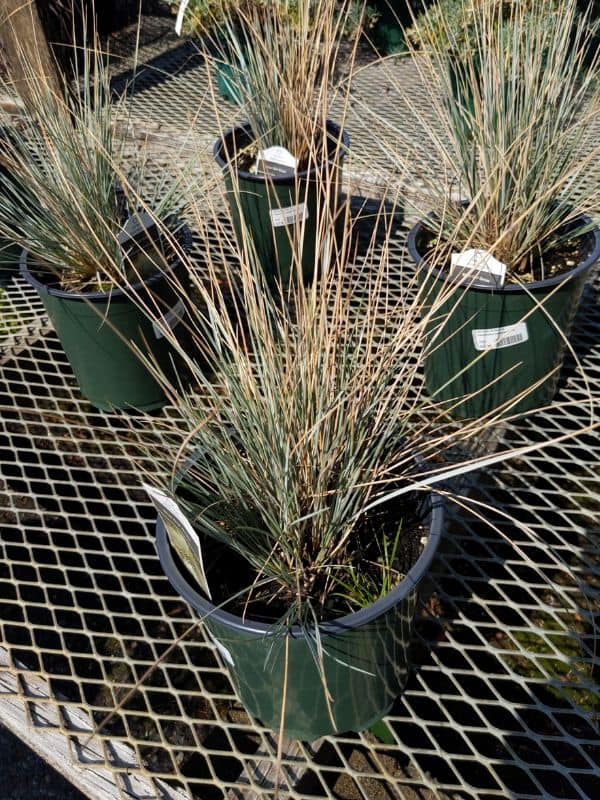
To propagate blue oat grass, do the following:
- Dig around the perimeter of the plant using a shovel or spade. Take the time to dig deep enough that you free the entire root ball, remembering that ornamental grasses can have a substantial root system.
- Using the shovel or spade, cut the plant from the crown into two or three pieces of roughly equal size. Depending on how dense the root ball is, it might take lots of muscle, a sharp tool, or a chainsaw to complete the task.
- Replace one section of the divided plant back into the original hole. The additional pieces can be planted in a new garden location or in a container.
How to Grow From Seed
Blue oat grass can be propagated by seed, but many gardeners find this plant to have a low seed germination rate, so this method is not recommended. Instead, purchase plants and place them in desired locations around your landscape, then propagate per the instructions for division, above.
Potting and Repotting
Blue oat grass can adapt to life in a container, but you’ll need to take steps to ensure that the soil has adequate drainage. In addition, some plants grown in containers lack the necessary nutrients for the sustained healthy growth of foliage in flowers.
While blue oat grass plants in the ground rarely need fertilizer, you may need to supplement soil nutrients when this plant is located in a container.
Overwintering
This hardy perennial grass does not require special care during the winter.
Pests and Diseases
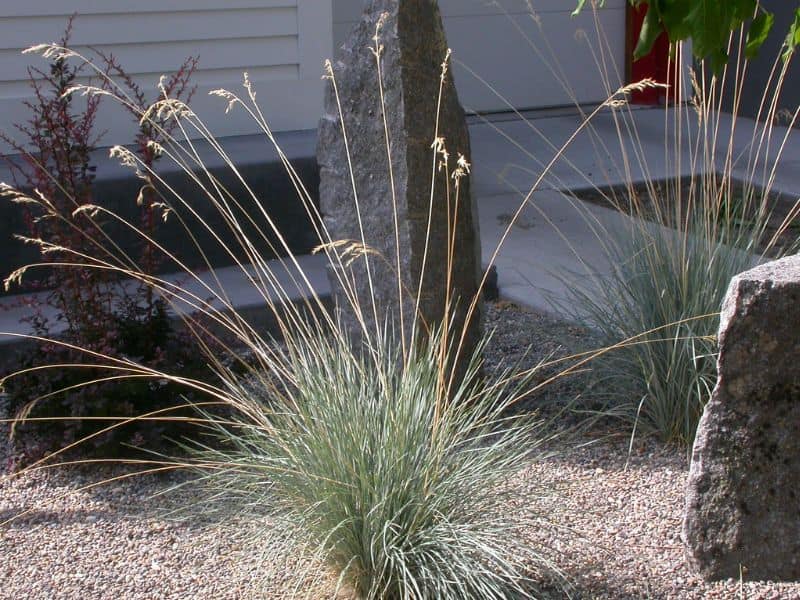
Pests and disease are generally not a problem for blue oat grass, though they can develop rust fungus in overly humid conditions. This condition can be identified by speckled, rust-colored masses on the surfaces of leaves. Simply reducing the amount you water your grass will deter this moisture-loving fungus.
Additionally, if you fail to space these plants far enough from each other (at least three feet is recommended), they may suffer from a lack of airflow and be subject to another fungal problem called tar spot. Thin your plants and keep watering to a minimum to discourage any fungal growth.
III. Uses and Benefits
Add this elegant, ornamental specimen to a cottage garden to offer a cool contrast to warm green foliage and bright blossoms. Or, plant it in a rock garden and enjoy the soft blue hue among the browns and grays. You could also nestle it in a contemporary garden to gain its standout color and texture.
IV. Types of Blue Oat Grass
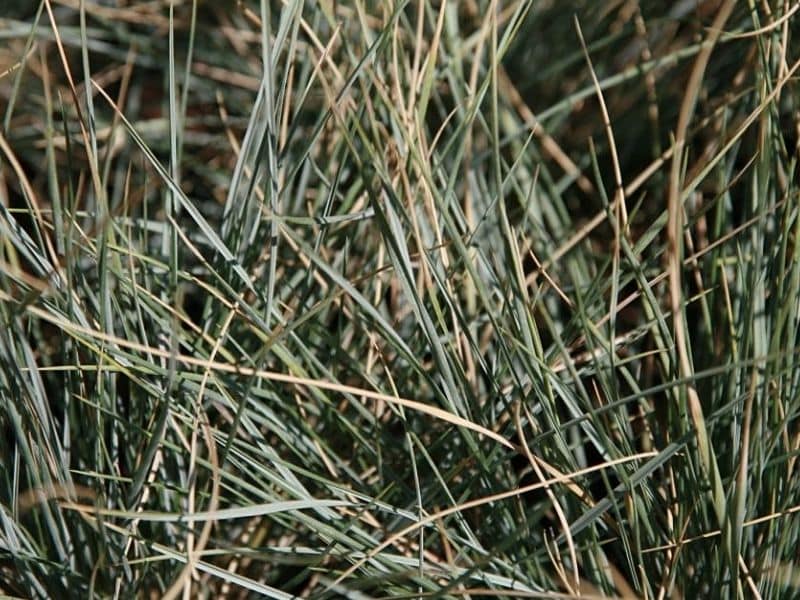
- Common Blue Oat Grass
Common blue oat grass (Helictotrichon sempervirens) is a semi-evergreen perennial that is hardy in zones 4-9. It grows 1 to 3 feet tall and features silvery, blue-green blades with tan, oat-like seed heads from summer to early fall.
- ‘Sapphire’ Blue Oat Grass
‘Sapphire’ blue oat grass (Helictotrichon sempervirens ‘Saphirsprudel’) is a semi-evergreen clumping ornamental grass with a pronounced silver-blue color. It grows approximately 2 to 3 feet tall in zones 4-9 and has a higher tolerance for heat and humidity than common blue oat grass.
Find Where to Buy the Best Blue Oats Grass (Helictotrichon sempervirens)

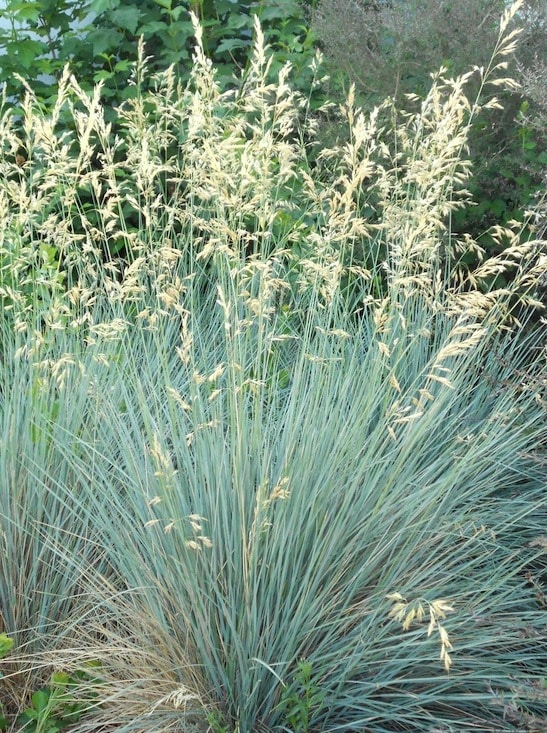

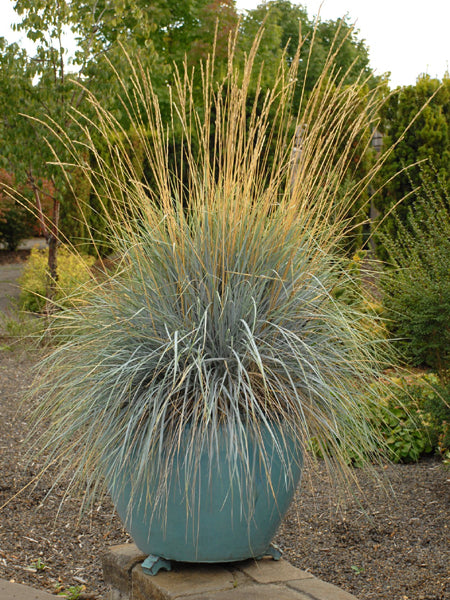

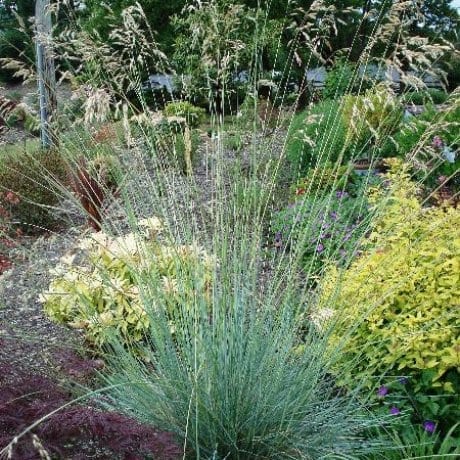

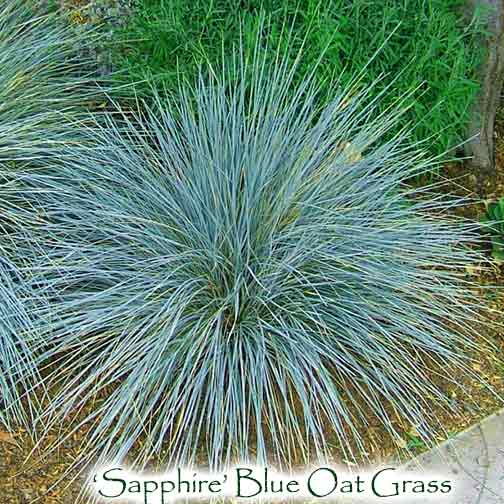


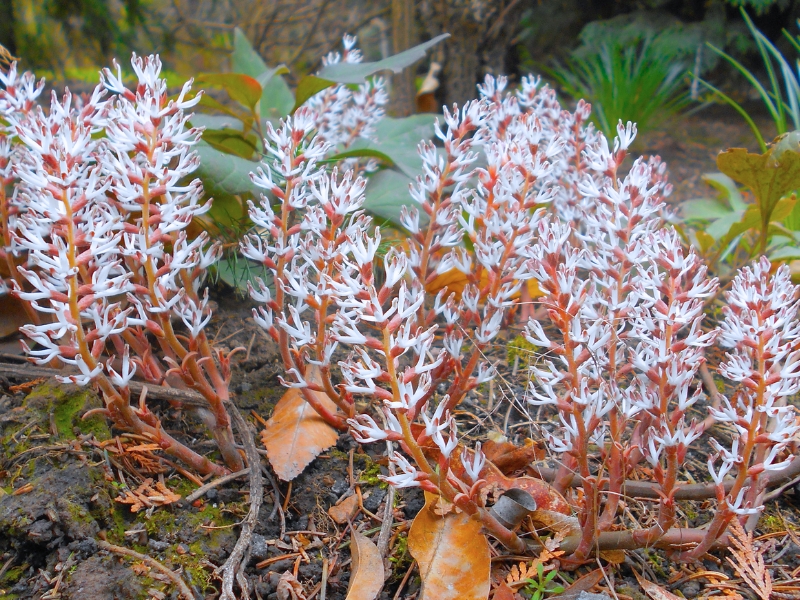
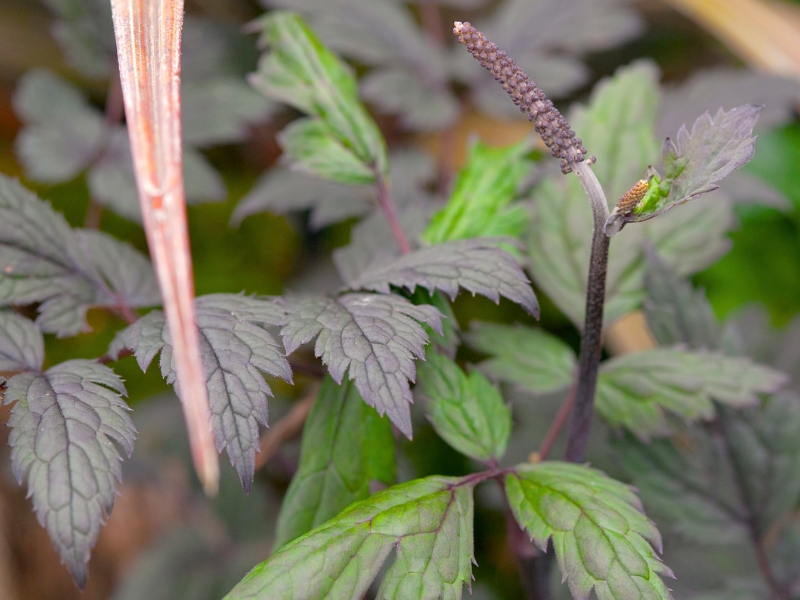
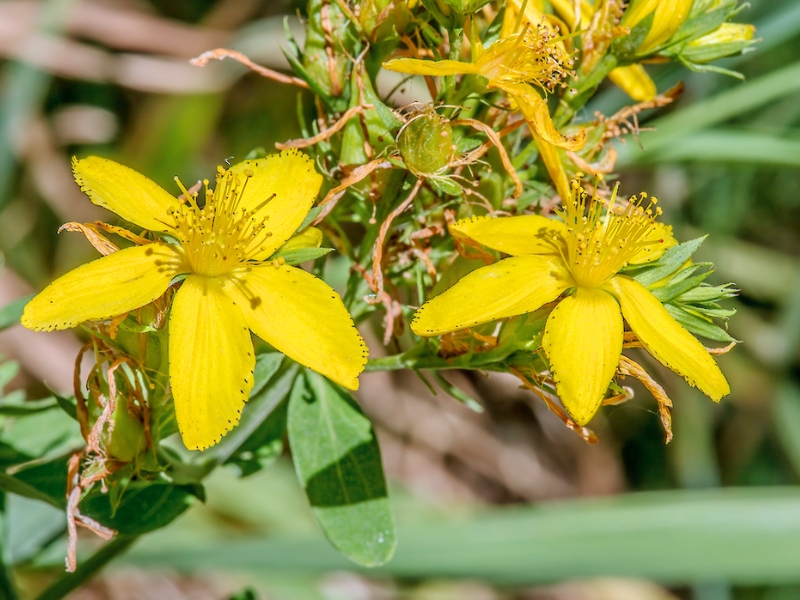
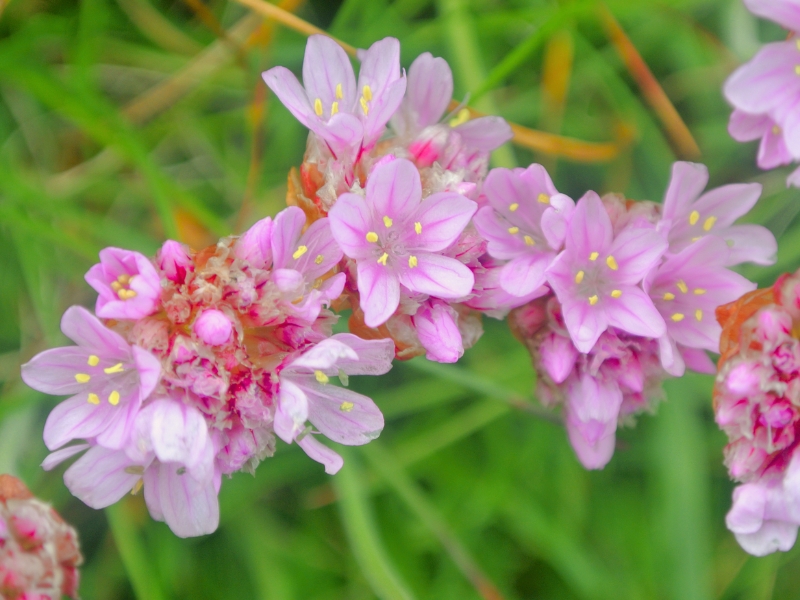
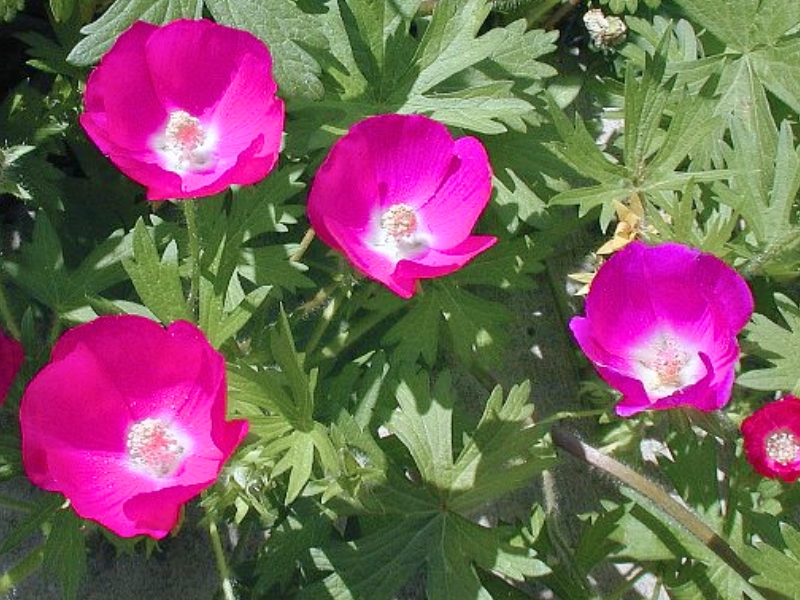
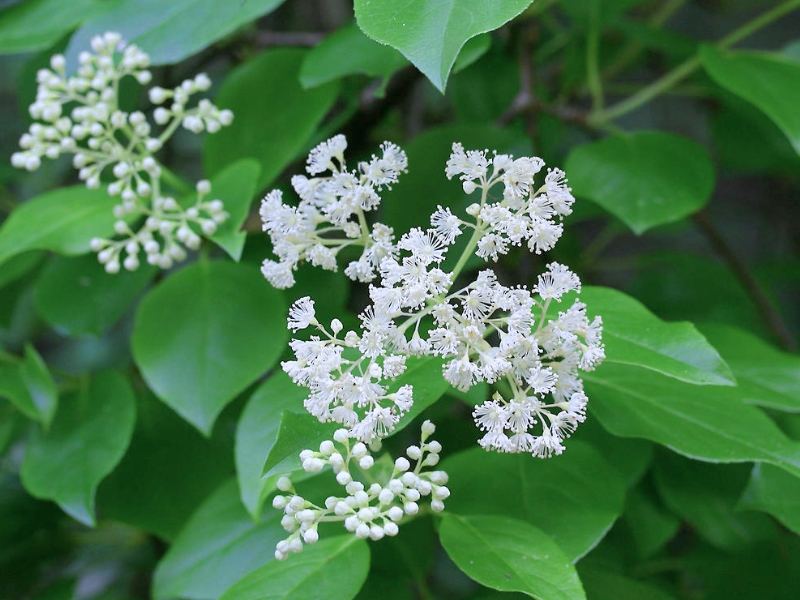
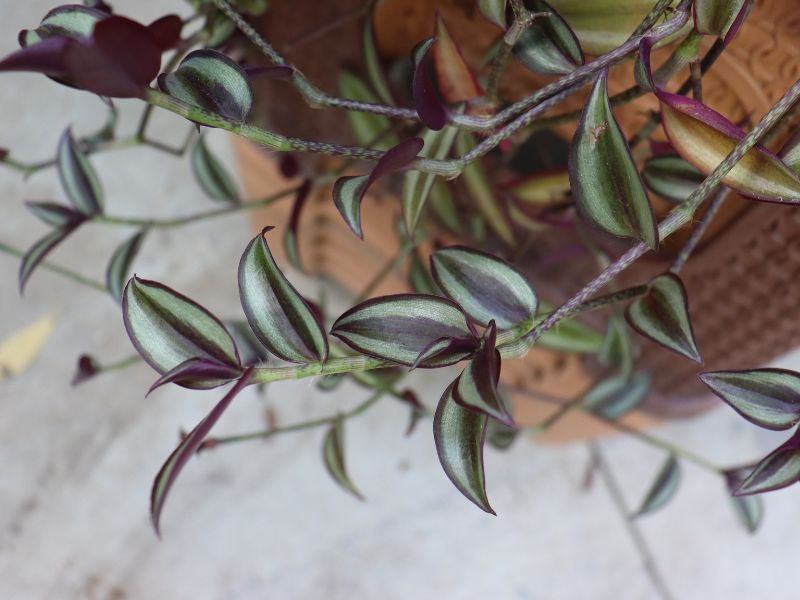
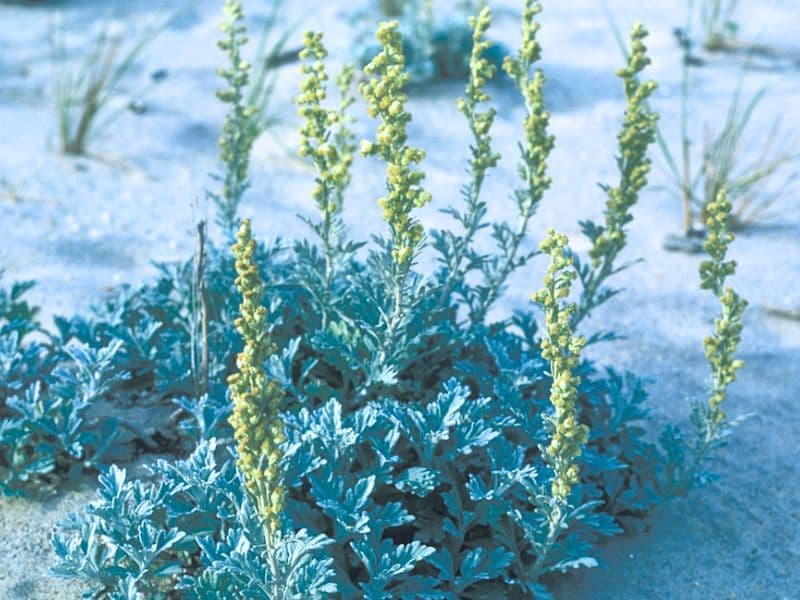
Leave a Reply